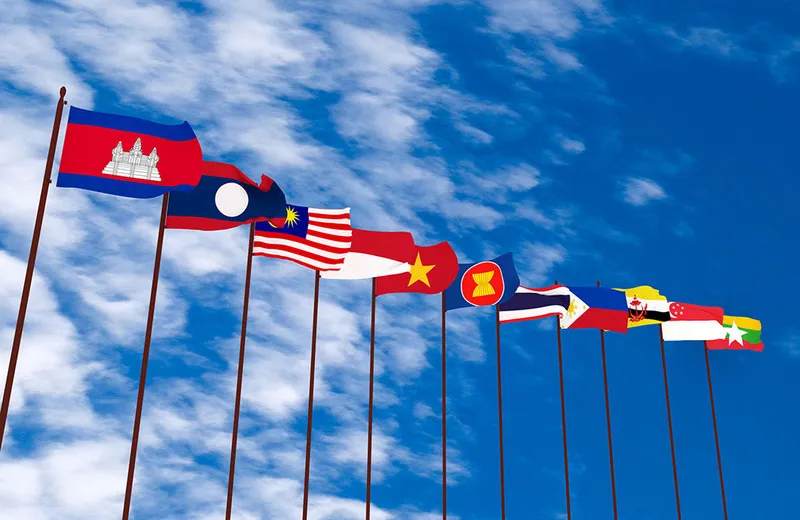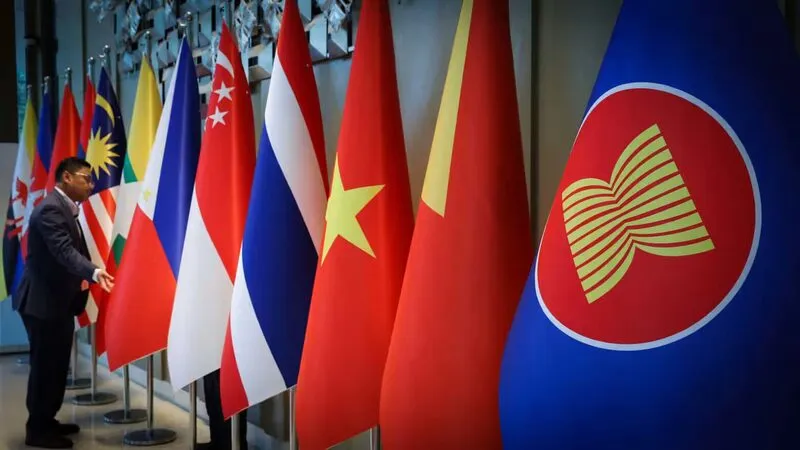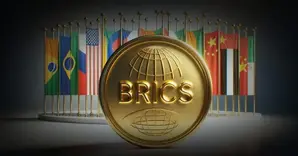A new trend is now gaining rapid momentum among the ASEAN nations. This new trend involves paying in local currencies during travel or vacations, an area where the US dollar once reigned supreme. Moreover, the travellers in ASEAN are now paying in Chinese Yuan, a new currency alternative, which is a stark USD competitor. With this new change in the traditional financial hierarchy, the US dollar is standing at the edge of change, with forces trying to uproot the US dollar for good.
Also Read: Bank of America Warns US Dollar Is Summer’s Biggest Pain Trade
ASEAN Says No To The US Dollar

ASEAN nations have now started to document a new change in their financial regimes. This change involves increased usage of USD alternatives such as the Chinese yuan or other native ASEAN currencies to transact within the region. The reason for this rapid change can be attributed to the US dollar’s weakening global influence amid aggressive tariff threats and currency weaponization.
“ASEAN economies are accelerating the move away from the US dollar as geopolitical uncertainties, monetary shifts, and increasing currency volatility prompt de-dollarization in the region.” Yoong told China Daily.
ASEAN leaders have long promoted the idea of a multipolar currency world, which is free from US dollar-inspired interventions. In one such instance, ASEAN leaders have pledged to promote regional connectivity to reduce volatile economic conditions that may cause chaos within their economies.
“(ASEAN wants to) promote the use of local currencies to reduce the region’s vulnerability to exchange rate fluctuations and external economic and financial shocks, and to lower transaction costs associated with cross-border payments.” Statement shared in the 46th ASEAN summit.
Chinese Yuan Expands Among The Southeast Nations
Apart from promoting the local currency narratives and concepts, the region is also witnessing the rapid adoption of the Chinese Yuan as one of its leading currencies.
“Chinese enterprises are the most active participants and promoters “of the international use of the renminbi, and their growing presence in ASEAN has spurred demand for renminbi settlement, trading, and financing.” Said Ying Jian, principal strategist at Bank of China’s Hong Kong Financial Research Institute
In addition to this, the People’s Bank of China has already signed agreements with ASEAN to strengthen their international ties, with the yuan being the primary supporting element.
“Furthermore, while the People’s Bank of China has signed several bilateral swap agreements with ASEAN central banks, the operationalization of the renminbi as a primary settlement currency still lags behind the US dollar in scale and acceptance. For ASEAN, the key is balancing diversification with financial stability, especially as the renminbi’s full internationalization remains a gradual process,” as shared by Nawazish Mirza, a professor of finance at the Excelia Business School in France.
Also Read: The World Is Ditching the US Dollar—And That Might Be a Good Thing






